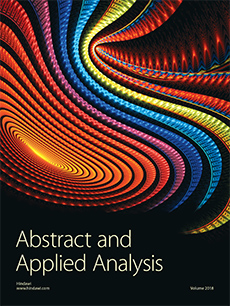Abstract
Fluorescence recovery after photobleaching (FRAP) is a widely used measurement technique to determine the mobility of fluorescent molecules within living cells. While the experimental setup and protocol for FRAP experiments are usually fixed, data (pre)processing represents an important issue. The aim of this paper is twofold. First, we formulate and solve the problem of relevant FRAP data selection. The theoretical findings are illustrated by the comparison of the results of parameter identification when the full data set was used and the case when the irrelevant data set (data with negligible impact on the confidence interval of the estimated parameters) was removed from the data space. Second, we analyze and compare two approaches of FRAP data processing. Our proposition, surprisingly for the FRAP community, claims that the data set represented by the FRAP recovery curves in form of a time series (integrated data approach commonly used by the FRAP community) leads to a larger confidence interval compared to the full (spatiotemporal) data approach.
Citation
Stefan Kindermann. Štěpán Papáček. "On Data Space Selection and Data Processing for Parameter Identification in a Reaction-Diffusion Model Based on FRAP Experiments." Abstr. Appl. Anal. 2015 (SI01) 1 - 17, 2015. https://doi.org/10.1155/2015/859849





